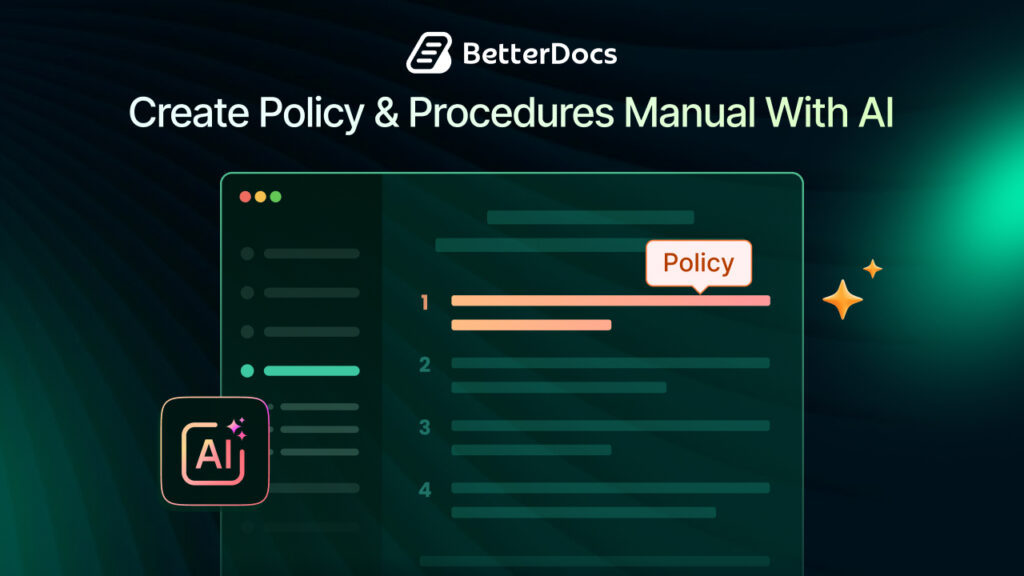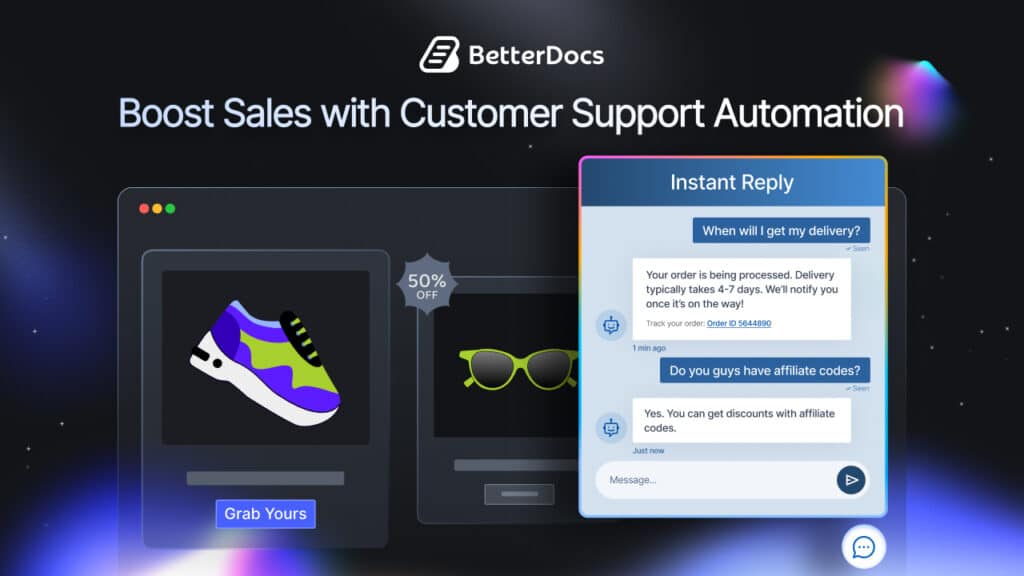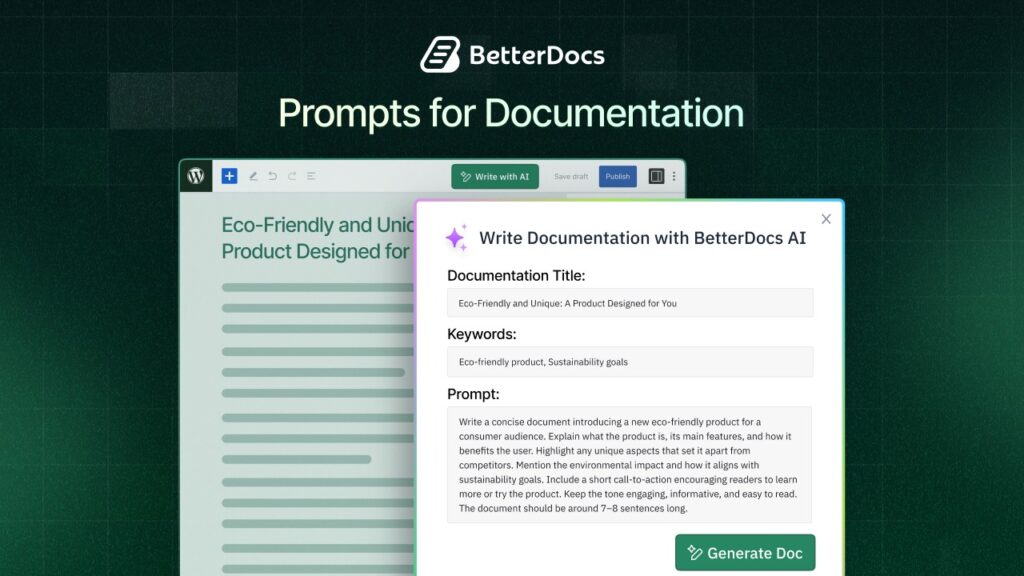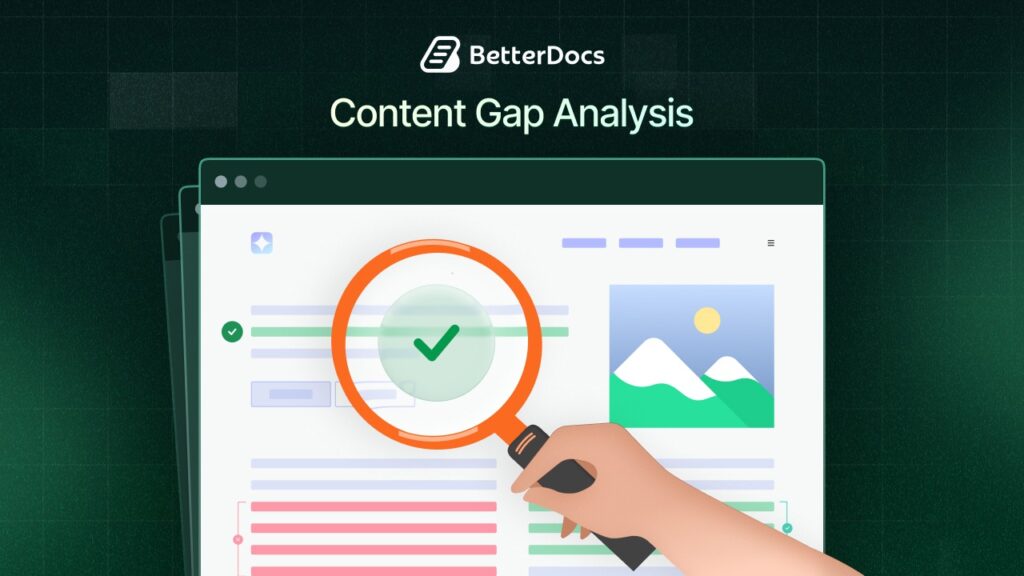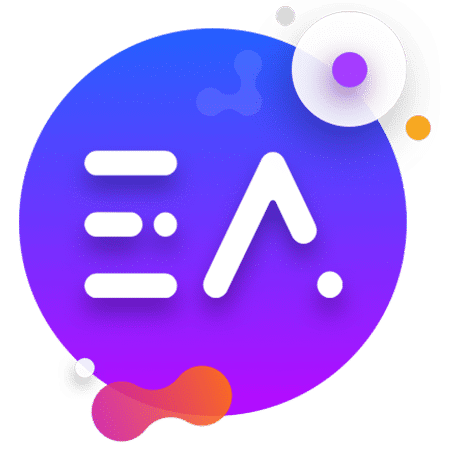Every knowledge base is built with the intention of helping users to find answers quickly and empowering them to solve problems easily. But sometimes even most carefully written documents can have some gaps, like missing information, outdated updates and unclear instructions. That is where content gap analysis steps in.

Content gap analysis is not just a process, it is a checklist that every business should follow. If done right, then it makes a static knowledge base into a living source to support your users. In this blog, you will learn more about the topic and understand how you can implement it in your business.
What Is Content Gap Analysis?
Content gap analysis is identifying the missing information or opportunities within the content that users or website visitors are looking for on a website. Simply, it means the process of uncovering content opportunities that align with the different stages of your visitors’ journey. For example, let us say a customer is asking a query in the customer support, which does not have documentation. Here, since the query does not have proper documentation, this is a content gap from the website’s end. Identifying this gap is part of the process.
Content gap analysis is mostly used in blog writing on different websites. But this is also an important part of the knowledge base. Because it helps to identify the issues, reduce support tickets and gives a competitive advantage. This also streamlines the workflow and helps the organization to make better decisions. But how does it work in a knowledge base? You will find out more.
Why Content Gap Analysis Is Important for a Knowledge Base?
Knowledge bases are mostly implemented and created for solving different customer issues and queries. This also helps the support team to reduce the support tickets and increase the self-service for customers. It also comes up with a lot of extra benefits. Let us have a look at some of these.
Identifies Missing Information
The most important benefit of doing the analysis is identifying the missing information. This is the core purpose of it. In the knowledge base, it is also necessary. Because if a customer is looking for a query and they do not get the proper information or answer they are looking for, then this will increase the dissatisfaction rate as well as the bounce rate of a website.
For example, in a SaaS platform, users are looking for a process to generate the API key and integrate it with another tool. But if the platform does not have any proper steps or instructions on how to use the feature, users will not be able to use it. It will lead to a bad user experience. Also, the potential of the feature might be hurt, so identifying the missing information is important, and conducting a content gap analysis can help address the issue.
Improves Customer Experience
Customers are always looking for quick solutions. They do not like to wait for their problems to be solved or pending for a longer period of time. Sometimes reaching out to customer support can take longer. But if there is self-help documentation, then this improves customer satisfaction and experience. This can be possible if proper content gap analysis is conducted and the missing information that customers are looking for is identified.

For instance, a manufacturing company noticed that vendors are continuously looking for product specifications and updates. While conducting content gap analysis, manufacturers noticed that the majority of the documents in the knowledge base are outdated and require updates. By creating clear and up-to-date documentation, vendors could access the information quickly. In this way, they can increase the overall experience on a website.
Reduces Support Ticket
The success of a support team depends on how many support tickets they can reduce. Reducing support tickets can be possible with faster customer support. But providing faster support can be overwhelming and inhuman. Updated and proper documentation can help solve these issues. To identify which documents are needed and updated, this is possible with content gap analysis.
For example, a hospital is continuously looking at the queries about doctors’ appointments, scheduling, insurance coverage, etc. By performing a content gap analysis of its knowledge base, the hospital identified missing articles and outdated information in these areas. In this way, anybody can go to the hospital website and get the information they are looking for. This helps to reduce the support tickets and customer representatives can focus more on emergency solutions for the patients.
Develop Product & Features
Content gap analysis helps to identify new product and feature ideas. Brainstorming new product and feature ideas can be difficult. Sometimes it requires a lot of time for any team. But identifying content gaps, new products and feature ideas can also pop up.
For instance, a SaaS platform noticed multiple searches for a specific functionality. While looking for the most searched query, they saw this specific feature that does not exist. So, it helps them to identify the issue and start building a new feature in their software. This helps to give a competitive advantage and become a comprehensive solution for the users.
Strengthens SEO & Discoverability
Where content gap analysis helps in terms of marketing is improving search engine rankings. Finding gaps in content allows you to identify different keywords that competitors are targeting. This uncovers new intentions of the audience and creates optimized content that attracts more organic traffic.
For example, an online fashion retailer noticed that product help articles are not appearing in the search results. Even common queries like “How to measure a tailored suit” or “return policy of shirts”, etc are also not appearing. Performing a content gap analysis can identify where the missing content is in the documentation and the improvement scope for it. This helps to rank on the website and increase visibility on the search engine, which results in a competitive advantage.
How to Do a Content Gap Analysis for a Knowledge Base?
Now that you know the benefits of the content gap analysis, it is time to get into action. Besides knowing the benefit, it is also important to understand the process of doing it. In this part, we will focus on how to do a content gap analysis to improve your knowledge base. Let us jump right into it.
Define Your Goal
First, identify the specific goal that you want to achieve for this analysis. Specify whether you want to reduce support tickets or raise documentation helpfulness. Choose the area, whether you want to work in the whole knowledge base or for a specific product documentation. This will help you to better understand where to start your analysis. Here is an example of a proper goal for content gap analysis of your knowledge base.
Goal: Reduce support tickets about onboarding by 30%.
Scope: Entire knowledge base of the website.
Identify Your Users Pain Points
To identify the content gap, it is important to identify the users’ pain points. In a knowledge base, identifying what your users are actually looking for will help to make a comprehensive one. After defining the goal, identify the user’s pain points. It can be through multiple processes, such as,
- Identifying keywords that users search for in search engines. You can find it through different tools like SEMrush.
- From the search queries inside your knowledge base.
- Looking at the common queries that customers are asking the support representatives.
- Customers’ reviews or product requests from different review platforms.
Audit Existing Knowledge Base
Next, after identifying the user’s pain points, give a complete audit of your existing knowledge base. Take a look at the knowledge base and identify whether it covers the pain points of your users. Or does it need an update? By answering that question, you can decide if you have to create a completely new documentation or update the existing one.
You can go through each documentation manually. But if you are using BetterDocs, then you can utilize the AI doc summarizer feature. With this feature, AI will summarize your entire document and you can have a quick look at what is included in your document. So it helps to identify the missing information and whether it is aligned with your users’ pain points or not.
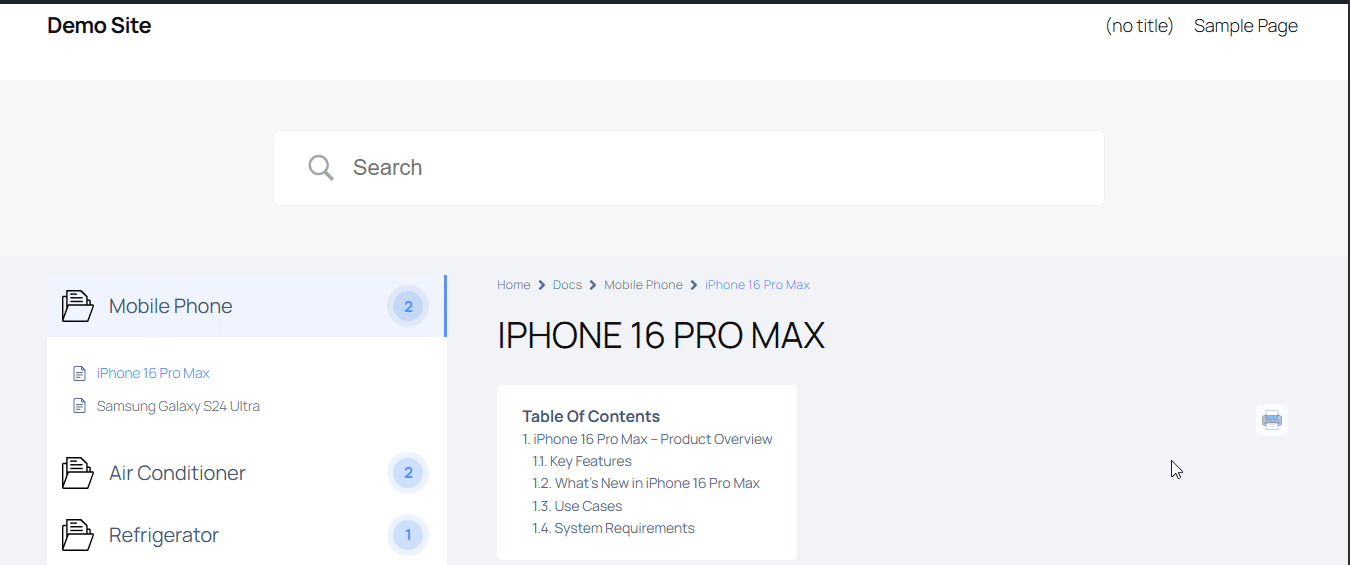
Research Your Competitors
After auditing the existing content, list down what you need to write or modify. Then research your competitors. This is because to identify more scopes in your knowledge base. What your competitors are doing or what type of features in the knowledge base they are focusing on. For which keywords are they ranking on the search engines? By identifying this, you can make a detailed and comprehensive knowledge base, as well as get an idea of new feature ideas.
Identify And Score Gaps
After collecting the gaps from the existing knowledge base and competitors, it is time to prioritize. Not all the documentation or knowledge base has high priority. So, before jumping into writing or modification, identify the priority and score the gaps. The score will be based on the highest to lowest priority. This decision will be based on the product you have. Here is an example of identifying and scoring gaps.
Priority scores depend on the different contexts. But there is a universal formula which is –
Priority = Importance x Urgency
For this scale, first identify the scale of each metric. For instance,
Importance (I): How critical is it to fill this gap for users or the business? 1 = Low Impact, 5 = High Impact
Urgency (U): How quickly does this gap need to be addressed? 1 = Can wait, 5 = Must fix immediately
Based on this, set the priority score for each of your knowledge base documents. Now the priority score can be interpreted like this:
21–25 → High Priority → Address immediately
11–20 → Medium Priority → Schedule for near-future update
1–10 → Low Priority → Can fix in routine maintenance
Based on your knowledge base context, you can follow the framework and set the priority.
Write, Modify And Publish
After setting the priority, it is time to decide which documents have to be modified, which should be newly created. Make a table with two columns. Then, in a column, list down the documents that need to be modified and in another write the topic that needs to be written. After that, decide which one to do first and get ready for publishing. This way, you can fulfill the gap in the content of your knowledge base.
Measure the Result
Finally, after updating and publishing new documentation, set a specific timeline and measure the results. The metrics can be either traffic, ranking in search results, view count, impressions, number of support tickets, etc. Based on your company’s needs, select the metric and decide if the gap is fulfilled or not. If the issue still exists and you identify a new opportunity, get back to the first step and update the knowledge base accordingly.

Common Challenges in Content Gap Analysis And How to Overcome Them
Content gap analysis is important, but it comes up with a lot of common challenges. These challenges can demotivate some companies from updating the documents. But every challenge has a solution. Here, some of the common challenges and how to overcome them.
Keeping Content Updated
Updating and writing new content is the biggest challenge. Because if this is a small business, then the team size is small. Updating all the documents can be a time-consuming process. Keeping track of it is also a difficult task. So, there are many possibilities of documents in the knowledge base left as they are, which leads to a bad user experience.
How to overcome them:
Now, with the latest technologies and the rise of AI, it is not difficult to write or update a document. For example, BetterDocs provides an AI-powered writing feature. With simple prompts and keywords, you can generate content for your documents instantly. You can also build an FAQ with AI in BetterDocs, which will help your users identify the common queries on your website within minutes.
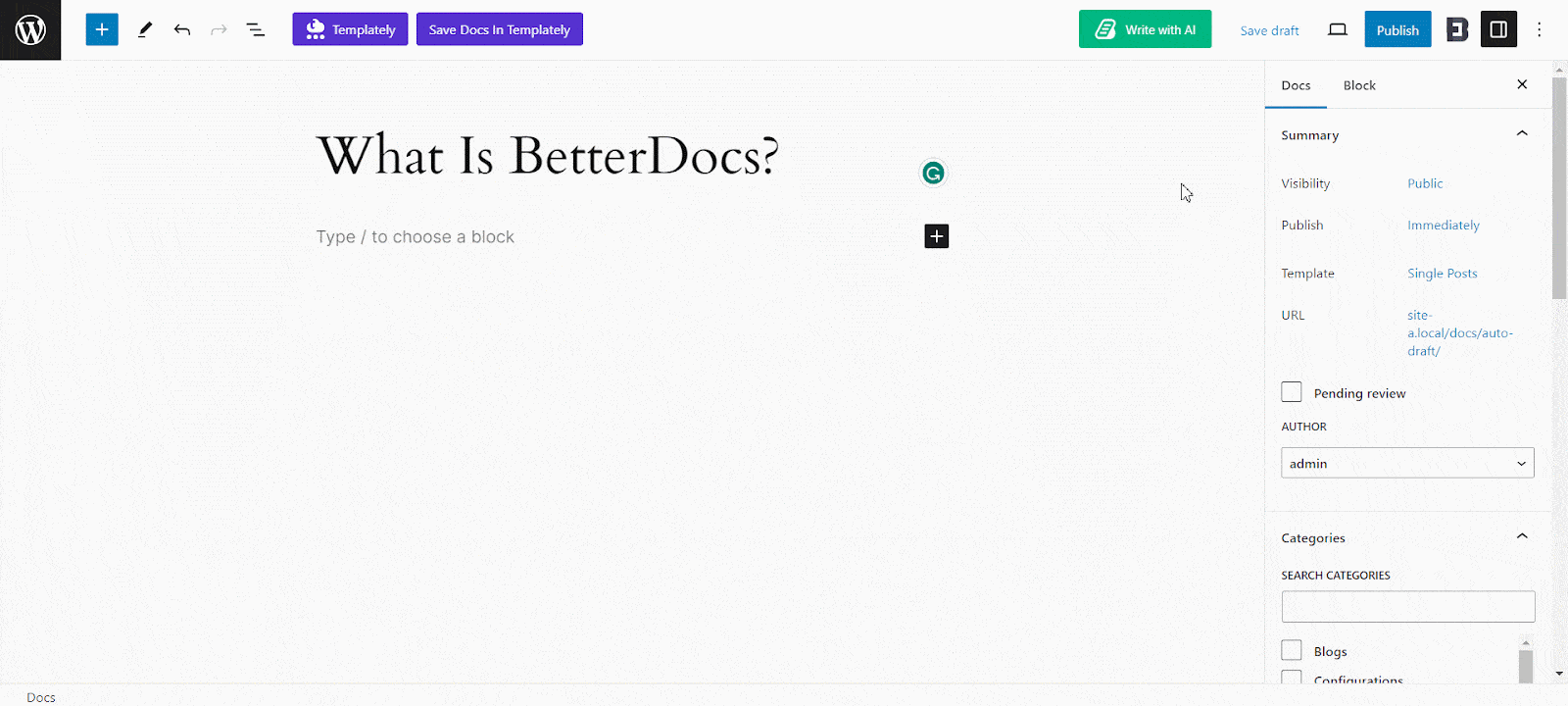
Difficulty Identifying User Intent
Identifying the user intent is important. Because that is how you will know what your users are looking for. But not everybody is looking for a specific answer in the same way. Sometimes, different users use phrases differently. For example, someone is searching for API integration, while others are saying to connect their apps with yours. So, identifying the intent can be difficult.
How to overcome them:
To identify the user intent, make different phrases of the customer query. The best way is to reach out to the support team and see what customers are actually saying about different topics. What is the most common query to identify and make different phrases for it? Based on that, create or update your documentation.
Limited Collaboration Between Teams
Content gap analysis required collaboration between different teams. Here, support, marketing, and development teams need to be aligned. If proper collaboration is not maintained, it can lead to confusion. For example, a feature is updated with a new interface. But if the document management team is not aligned, then the document will not be updated properly and users will find a mismatch between the interface and the documentation.
How to overcome them:
To overcome the challenge, proper alignment is important among all team members. Here, with the weekly or bi-weekly sprint meeting approach, teams can be aligned on what needs to be updated, and what are some of upcoming features are that are in the pipeline. Based on that, teams can collaborate accordingly and modify the document to fill the gap.
Measuring Impact
Another common challenge is to measure the impact. Whether your updates or writing of new documents are performing well or not. Sometimes, third-party tools can be expensive for many businesses. Measuring the impacts proves whether you have filled the content gap or not. But many businesses might face difficulty in defining metrics and solving the issues.
How to overcome them:
Using a document management solution that comes up with analytics can help you solve issues like BetterDocs. This plugin has a built-in analytics feature where you can measure the views, reactions, and searches for your documents. You can also sort which are the most popular documents in the knowledge base by filtering out a specific timeline. Not only this, you can also email reporting, so after a specific date, your analytics report can be seen right inside your email inbox.
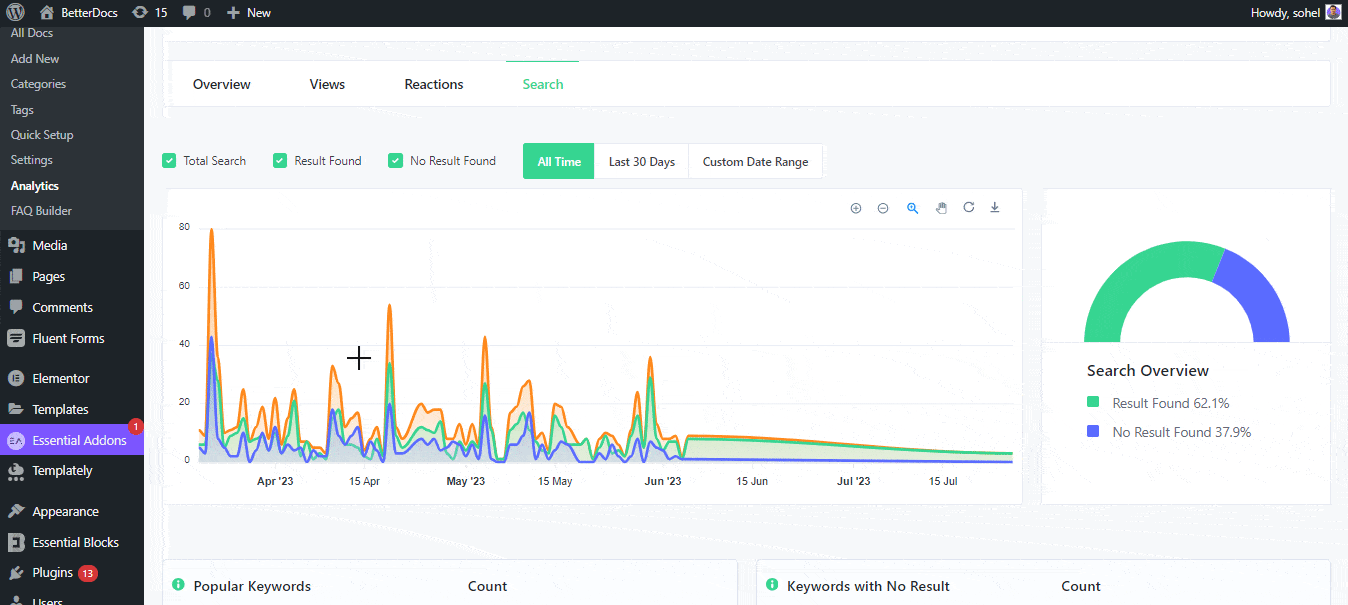
Close the Gaps to Build a Smarter Knowledge Base
Knowledge base leads to better customer experience, high discoverability in search engines and a lot of common advantages that your businesses can utilize. With the content gap analysis, you can have a competitive advantage and give a comprehensive, smarter knowledge base to your website. So, try to follow the process and give a flawless user experience today.
Was this blog helpful? If you would like to explore more blogs like this, subscribe to our blog. Also, we would love to hear from you – is there anything you think is crucial for effective user manuals? Do let us know in our Facebook community.
